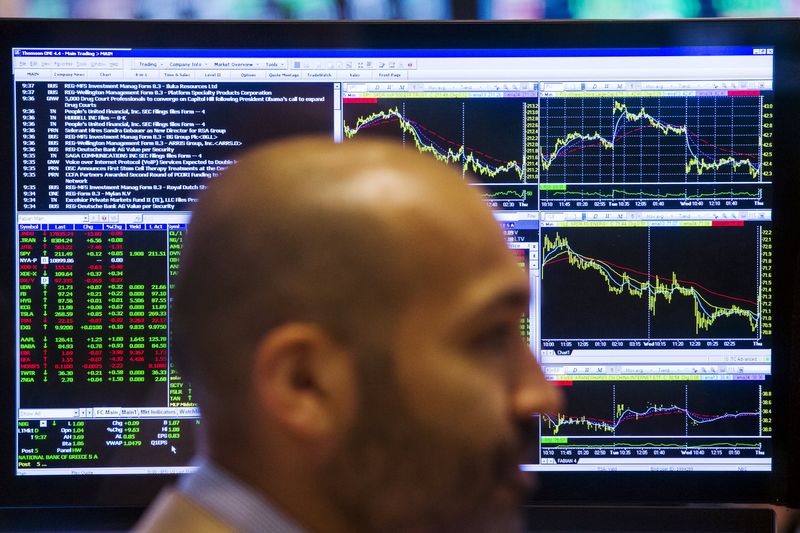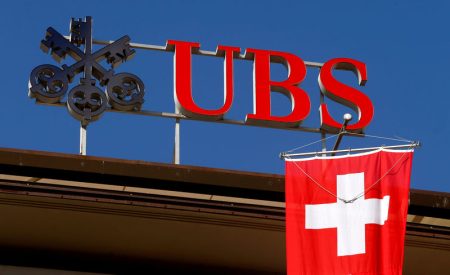The recently posted its largest two-week rally against the since 2002, driven by a broad rotation from Big Tech large-cap stocks into small-caps.
According to Goldman Sachs strategists, this rotation was likely sparked by the rally in front-end rates following the soft US CPI data and weaker US labor market figures.
Since mid-2023, the correlation of front-end rates with US small caps has been consistently negative, while the correlation with US large caps and tech stocks turned sharply positive as they sold off over the past two weeks.
While the dovish repricing helps explain the direction of the rally, it does not fully account for the magnitude of the Russell 2000’s performance, strategists noted.
Small caps have outperformed across regions, but their relative returns have been much smaller outside the US. Easing financial conditions have supported weak balance sheet companies as well as USD high yield (HY).
Meanwhile, the underperformance of non-US cyclicals versus defensives and versus gold indicated that markets are repricing lower non-US growth expectations, which likely hindered a larger rally in small caps outside the US.
“Our US strategists highlighted the steady US growth data, higher prediction market probability of a Republican sweep and narrowing consensus growth premium of large-cap stocks as potential tailwinds for Russell vs. ,” strategists said in a note.
“Investors have become more concerned about the market concentration into big tech and the size of future returns on AI investments,” they added.
A shift in extreme positioning also likely contributed to the size of the Russell versus Nasdaq move.
CFTC data shows that positioning in the Russell had been falling year-to-date and was neutral for asset managers and quite short for leveraged funds just before the CPI print but turned more bullish in the following week. In contrast, positioning in the Nasdaq has remained quite bullish.
“This year, the positioning turned more bearish despite falling cost of debt, but the gap partially closed last week. The sharp rotation also resulted in a spike in implied volatility for both Russell and Nasdaq,” Goldman’s team continued.
“That said, Russell options have shown a more bullish option positioning with both call skew and spot/vol correlation close to all-time highs.”
While they remain mildly pro-risk for the next 12 months, strategists see a higher risk of a setback in the summer due to weaker growth data, more dovish central bank expectations, and rising policy uncertainty heading into the US elections.
They are neutral across the main equity regions but favor UK equities, including both the and , due to potential political tailwinds for domestic growth and the FTSE 100’s embedded hedge for US elections.
Strategists believe that the recent small-cap outperformance could persist unless there is a significant change in macro conditions or the second-quarter results for mega-cap tech stocks surprise to the upside.
Read the full article here











